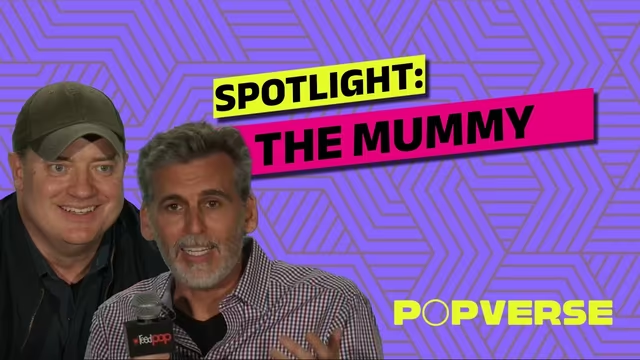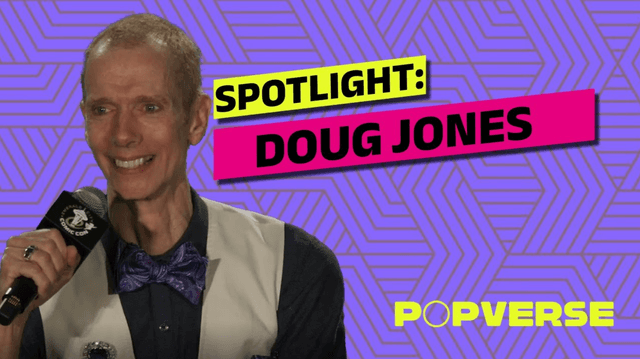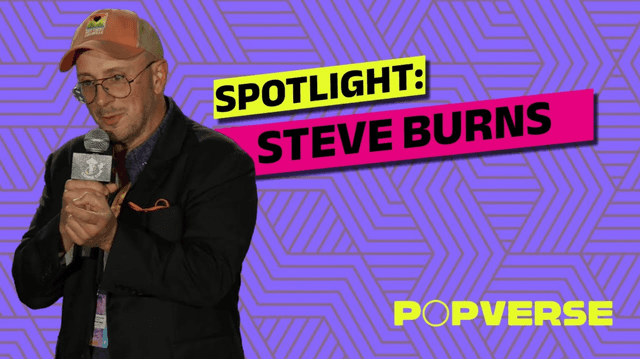If you click on a link and make a purchase we may receive a small commission. Read our editorial policy.
How to create an Image comic (and the worldbuilding, thematic layout, and structure involved)
On the Image Comics 30 years of storytelling panel at Emerald City Comic Con featuring Julio Anta, Kyle Strahm, Daniel Warren Johnson, David F. Walker, Kyle Higgins, and Mirka Andolfo

On Friday at Emerald City Comic Con, six Image creators sat down for a bustling discussion about storytelling, character, and serialized comics. The conversation started off with the complicated question: Where do you start a story?
As for his recent comic Do a Powerbomb, Daniel Warren Johnson talks about starting the story by writing a premise paragraph and then pretty much waiting two years for "gestation," though the gestation period changes from piece to piece. Mirka Andolfo starts her stories with the goal of making interesting characters, and how that grows out of a sense of honesty.
David F. Walker adds that "It's different for each project that I work on. It starts with the general premise, but from there it immediately goes to the characters for me." Walker talks about using "anger, bitterness, or pettiness" to drive his story. "All you have to do is read the news, and something will enrage you."

Julio Anta agrees with Walker, adding that, Home grew out of what was happening during the 2018 family separation crisis. "When I saw what was happening at the border, I saw my dad in the eyes of these kids. As a new father, I saw my son in the eyes of these kids."
Kyle Higgins comes at storytelling from a different perspective. "I really, really pride myself of taking full advantage of concept," Higgins shares. He speaks about working on the Power Rangers books and falling in love with the genre which he had previously had a "passing familiarity" with, and how Radiant Black grew out of learning the genre and adding a twist.
Continuing the conversation about genre, Anta shares that Home is "not a superhero story. It's a story that involves superpowers, but its really a family drama." That family drama merges with the symbolism of adding superpowers to the mix. He talks about the fact that his main character has no agency, from being brought to the US and to even getting his powers. He's fighting against the system. "We really try to invert the power dynamic of it."
Daniel Warren Johnson adds that his story is also a family story between a mother and daughter, just dressed up in the world of pro-wrestling. David F. Walker points out that the success of the Fast and Furious movies shows that you can dress up the family story as anything, and the story is still going to work. "[Johnson] could do chefs, and that story is still going to work."
"Watch me make a golf comic—you heard it here first," Johnson jokes. Higgins jokes back that the book should be called "Double Bogey" and feature a Humphrey Bogart lookalike.

As for fleshing out the world of the story behind the main themes, Kyle Strahm says that a lot of the exciting part of creation (and also of being a reader) comes from what's going on in the background of the story. He mentions movies from the 80s, where there's narrative information provided at the beginning to catch you up to speed. "If you take that away, the viewing experience is far more engaging because there are mysteries everywhere." He talks about his experience as a child making up stories for the back characters in the Star Wars movies-- "Who's that robot? It kept my imagination going making up my own stories."
When asked how one builds out a world in a serialized comic form, Daniel Warren Johnson invokes a metaphor of a dark cube with a single hole through which you can see inside of the cube—from one perspective. That's issue one, but then you drill another hole, and you look into that side of the cube to learn a little more from a new perspective, and that's the second issue. "Everything is already built, but the reader has no idea."
Higgins talks about how crafting the world around the story is about making the eyehole comfortable and compelling in the crowded entertainment landscape where you're constantly competing for attention. "How do you get people to come back?" As for Radiant Black, Higgins says that "We try to design every issue as a fulfilling narrative experience in itself," as opposed to "writing for the trade" or story arc. As for how he adds to the ongoing experience, he points out that "subplots are dividends for your readers."
When asked how far he plans for the future in regards to building out a "universe," Higgins replise, "I build as much as I need at a time... I like to be surprised by where we take things."
Interested in what's been going on at Emerald City Comic Con? Check out our roundup of Popverse's coverage of the weekend.
About Emerald City Comic Con 2022
Dates
-
Follow Popverse for upcoming event coverage and news
Find out how we conduct our review by reading our review policy
Let Popverse be your tour guide through the wilderness of pop culture
Sign in and let us help you find your new favorite thing.
















Comments
Want to join the discussion? Please activate your account first.
Visit Reedpop ID if you need to resend the confirmation email.